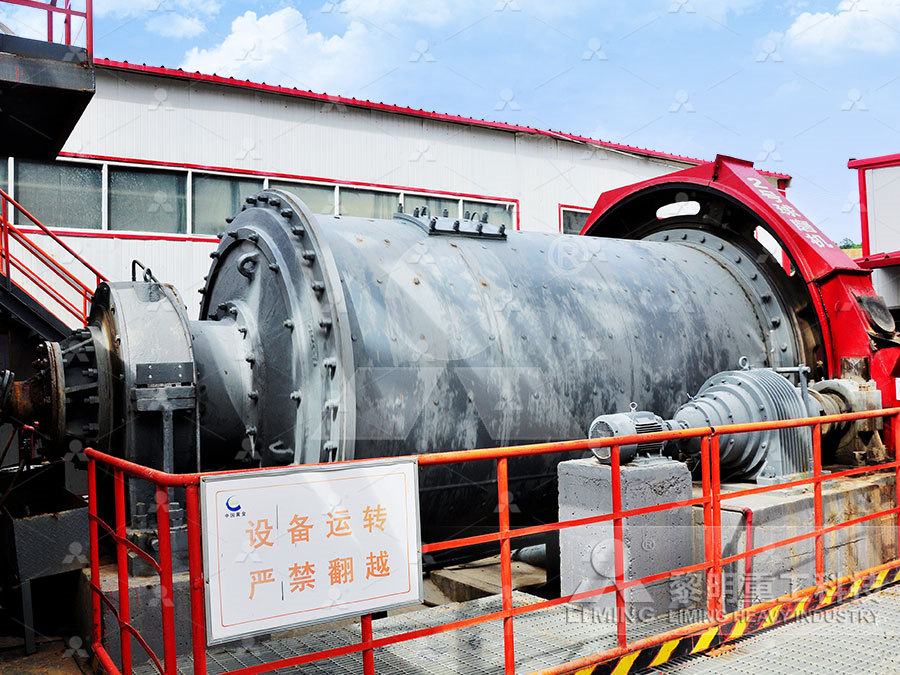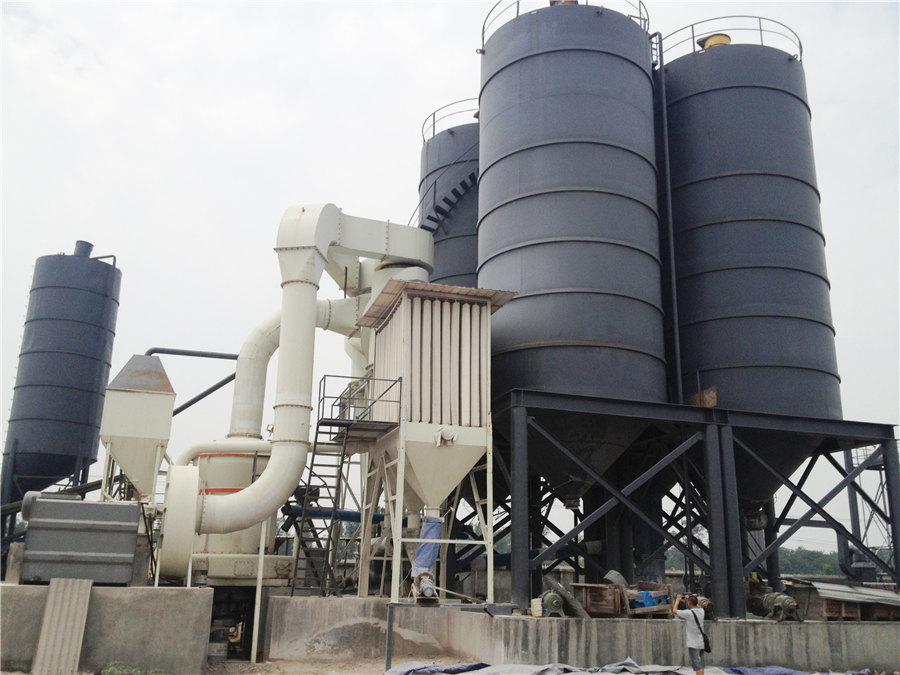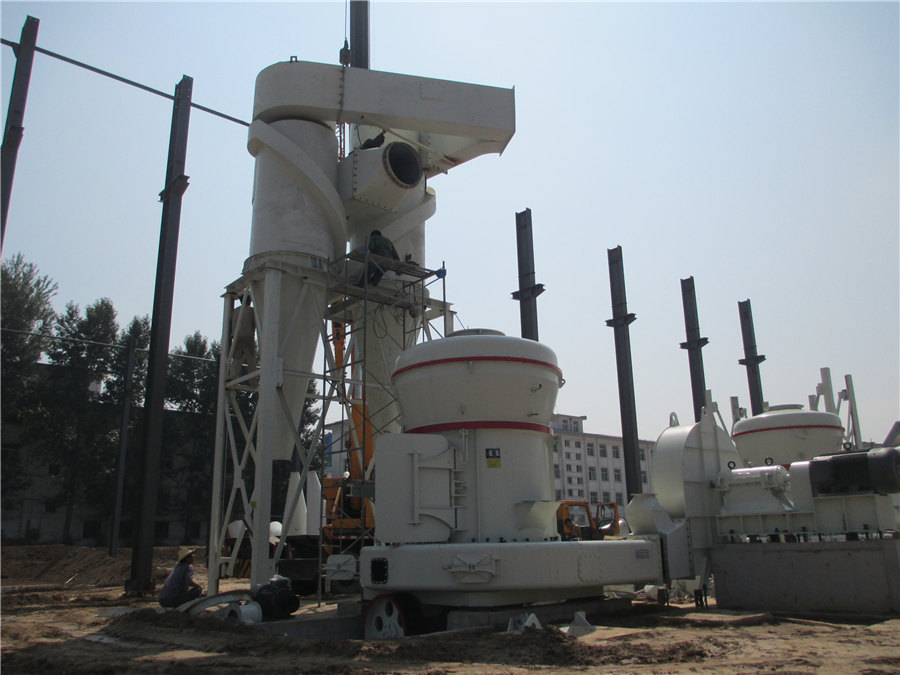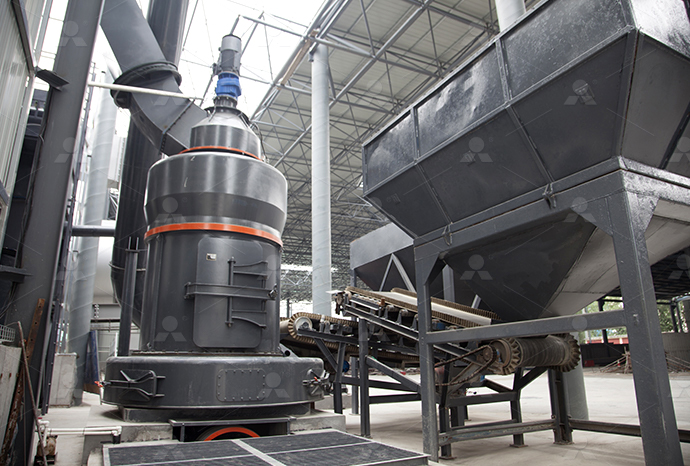
Limestone particle processing sewage treatment

ReviewEvaluation of a limemediated sewage sludge stabilisation
2012年3月1日 This paper describes an industrial process for stabilising sewage sludge (SS) with lime and evaluates the viability of the stabilised product, denominated Neutral, as a raw material for the cement industry2011年4月15日 This study was focused on the establishment of essential parameters for the Orthophosphate removal from domestic wastewater using This process involves treatment of milk of lime with CO2 acidified desalinated water The reaction involved is: Ca (OH) 2 + 2CO 2 = Ca +2 + 2HCO31 C Limestone Dissolution by Carbon Dioxide Contacting limestone with CO2 acidified desalinated water mineralizes the solution according to: CaCO 3 + CO 2 + H 2 O = Ca +2 + 2HCO 31Limestone Contactor Sewage Treatment Reverse Osmosis Waste The basic processes in the production of limestone are (i) quarrying of raw limestone, (ii) preparing mined limestone for its use by crushing and sizing, (iii) calcining of raw limestone, (iv) processing the calcined limestone further by hydrating to produce hydrated lime if required for use, and (v) miscellaneous transfer, storage, and handling operationsLimestone – Its Processing and Application in Iron and
.jpg)
Reuse of Sintered Sludge from Municipal Sewage Treatment
2021年8月22日 All six types of SSA are categorised from silt to fine sand with regard to particle size From the granulometric composition of the obtained SSA, it can be concluded that they are in agreement 2019年7月1日 Comparison of floatingbed wetland and gravel filter amended with limestone and sawdust for sewage treatment July 2019 Environmental Science and Pollution Research 26(20)Comparison of floatingbed wetland and gravel filter amended 2022年8月14日 Secondary treatment Secondary treatment is the biological treatment stage that breaks down organic contaminants in wastewater The two most frequently used processes are activated sludge (aerated ponds) and filter beds (sewage tricked over aggregate), where ‘good’ bacteria in the sludge/aggregate break down the pathogens in the wastewaterWhat Is A Sewage Treatment Plant How Does It Work?2020年5月8日 Coprocessing of sewage digestate by hydrothermal carbonisation Abstracts Life Cycle Assessment of sludge − ten research papers Feature 'Sludge treatment − lime and solids dosing' was written by Simon Judd This page Sludge treatment − lime and solids dosing Sludge Processing
.jpg)
Sludge separation − filtration Sludge Processing
2020年6月22日 Introduction to filtration theory Filtration theory as applied to sludge processing defines the way in which water flows through the bed, which is formed of the sludge solids – known as the cakeThe key parameters of the theoretical description are the resistance of the cake to flow and the change in the cake resistance with time2022年1月1日 Sewage sludge is the solid, semisolid or slurry material that is left after the waste water treatment processes Management of sewage sludge is one of the challenging issues faced by the modern Sewage Sludge Treatment and Involvement of MicrobesSewage was replaced weekly, for a total of 12 weeks of experimentation Sampling of raw sewage from influent was undertaken at the inlet in the beginning, and that of treated effluent from the outlet after a week of treatments Quality of raw sewage used weekly during experimentation remained almost uniform and near to the wastewater parison of floatingbed wetland and gravel filter amended Since, it primarily serves various industries, including mining, metallurgy, coal cleaning, power plants, sewage water treatment, the chemical industry, paper manufacturing, and food processing It is also versatile to convey Slurry with high concentrations of abrasives for various industries, such as metallurgy , mineral processing, and coal washingHow To Choose The Perfect Limestone Slurry Pump For Your Needs
.jpg)
Comparison of floatingbed wetland and gravel filter amended
Comparison of floatingbed wetland and gravel filter amended with limestone and sawdust for sewage treatment × Close Log In Log in with Facebook Log in with Google or Password Remember me on this computer or reset password Enter the address you signed up with and we'll you a reset link Need an regarding sewage treatment is relatively specific, but the multiobjective particle swarm algorithm was not applied As a highperformance optimization method, particle swarm optimization has foundOptimal Design and Simulation for the Intelligent Control of Sewage 2023年1月4日 The sewage treatment process is generally complicated and the treatment environment is difficult, which means that the treatment plant must have an excellent control systemOptimal Design and Simulation for the Intelligent PDF On Jan 1, 2021, Luay I Qrenawi and others published Sludge management in water treatment plants: literature review Find, read and cite all the research you need on ResearchGateSludge management in water treatment plants: literature review

Use of limestone for SO2 removal from flue gas in the semidry
Chemical Engineering Science 55 (2000) 4643}4652 Use of limestone for SO removal from #ue gas in the semidry FGD 2 process with a powderparticle spouted bed Xiaoxun Ma!,", Takao Kaneko#, Tsutomu Tashimo#, Tadashi Yoshida", Kunio Kato#,* !New Energy and Industrial Technology Development Organization (NEDO), Japan "Hokkaido National Industrial 1992年7月1日 Limestone/calcite are widely employed in conventional passive treatment (eg, PBR/anoxic limestone drain), but they are not recommended to treat highly acidic Ferich waters because their Treatment of Acidic Effluents with Limestone Instead of Lime2023年4月1日 A variety of multiobjective optimization algorithms has been extensively investigated in the past decades to tackle the optimal decision of sewage treatment process However, achieving the ideal solutions is challenging in the multicriteria decisionmaking process from Pareto optimal sets due to the complicated relationships among influencing factors, Optimal control of sewage treatment process using a dynamic limestone as adsorbent and coagulant Syafalni, Rohana Abdullah, Ismail Abustan, Aimi Nadiah Mohd Ibrahim 3 International Journal of Environmental Sciences Volume 4 No3, 2013 81 Sewage water samples were collected from Indah Water Consortium Sewage Treatment Plants in Juru, Lebuh Kota Permai, Bukit Mertajam, Pulau PinangWastewater treatment using bentonite, the combinations of

Limestone FGD New Technology
The limestone (particle size ≤20mm) into the discharge hopper, the feeder, bucket elevator to the inner limestone steel silo, and then by weighing feeder and belt conveyor to the mill made within a wet ball mill slurry, limestone slurry pumped to hydrocyclone after separation, the large size of the material is recycled within a wet ball mill, overflow material stored in the limestone slurry Comparison of floatingbed wetland and gravel filter amended with limestone and sawdust for sewage treatment × Close Log In Log in with Facebook Log in with Google or Password Remember me on this computer or reset password Enter the address you signed up with and we'll you a reset link Need an Comparison of floatingbed wetland and gravel filter amended 2024年5月16日 As a byproduct of municipal wastewater treatment systems, sewage sludge has traditionally been treated in lowvalue applications such as landfilling, posing significant environmental risks due to its pollutant content Enhancing Sewage Sludge Treatment with 2022年5月1日 Sewage sludge processing and disposal have a significant weight on the energy and economic balances of wastewater treatment operations and contribute substantially to greenhouse gas emissions Review of the application of gasification and combustion
.jpg)
Effects of CoProcessing Sewage Sludge in the Cement Kiln on
2018年4月8日 32 Effects of CoProcessing Sewage Sludge on Ambient Air In order to investigate the effects of coprocessing sewage sludge in the cement kiln on the ambient air, ambient air samples including both gas phase and particle phase were synchronously collected in two sampling sites, ie, background and downwind sites as described in Section 222014年12月1日 Moreover limestone dust, of the soil, wood pulp and paper production (Saghavaz et al, 2013) and sewage treatment purity, particle size and brightness (Prescott and Pruett, 1996); currently dry GCC with 05 μm mean particle size has a FOB price of about 100–112 €/t (Marras, 2011)Recovery of sawdust resulting from marble processing plants for future 2022年4月13日 for water treatment is calcined limestone, that is, lime, CaO, sucrose, anhydrous sodium carbonate and methyl orange 37 B Shimelis et al / Desalination and Water Tr eatment 251 (2022) 35–42Preparation of hydrated lime quality for water treatment: to 2019年5月17日 For data processing, a calibration being 30% of gravel due to larger particle diameter than that of limestone (10%); however, sawdust Lu, X, Jilani, G et al Comparison of floatingbed wetland and gravel filter amended with limestone and sawdust for sewage treatment Environ Sci Pollut Res 26, 20400 –20410 (2019 Comparison of floatingbed wetland and gravel filter amended

Investigation of formation mechanism of particulate matter in a
2019年10月10日 Investigation of formation mechanism of particulate matter in a laboratoryscale simulated cement kiln coprocessing municipal sewage sludge Author links open overlay Single particle imaging analyses indicate that PM can be raw materials are firstly fed into the precalciner for the full decomposition of limestone, 2021年2月11日 Abstract Phosphorus presents a limited, irreplaceable and essential nutrient necessary for the growth of organisms There is an increasing effort to recover phosphorus from production waste streams Sewage sludge presents an important source of phosphorus but also contains organic pollutants and heavy metals Thermal treatment technologies seem to be a Sewage Sludge Thermal Treatment Technologies with a Focus on 2023年7月1日 There have been many researches investigating SADN application in CWs on labscale and pilotscale Wang et al (2020) established pilotscale SADN wetlands to achieve simultaneous removal of nitrogen and phosphorus from municipal tailwater The maximum removal efficiencies of NO 3 –N and TP were 96% and 44%, respectively, at an HRT of 35 h Engineeringscale application of sulfurdriven autotrophic The complex structure of sewage sludge compounds prevents effective processing, forcing mechanical, ultrasound, microwave, or explosion treatment before anaerobic digestion The main goal for pretreatment of sewage sludge is to increase the accessibility of the surface area and pore size, and cell walls break down, allowing microorganisms access to nutrients, thus Sewage sludge pretreatment: current status and future prospects
.jpg)
Limestone Contactor Sewage Treatment Reverse Osmosis Waste
This process involves treatment of milk of lime with CO2 acidified desalinated water The reaction involved is: Ca (OH) 2 + 2CO 2 = Ca +2 + 2HCO31 C Limestone Dissolution by Carbon Dioxide Contacting limestone with CO2 acidified desalinated water mineralizes the solution according to: CaCO 3 + CO 2 + H 2 O = Ca +2 + 2HCO 31The basic processes in the production of limestone are (i) quarrying of raw limestone, (ii) preparing mined limestone for its use by crushing and sizing, (iii) calcining of raw limestone, (iv) processing the calcined limestone further by hydrating to produce hydrated lime if required for use, and (v) miscellaneous transfer, storage, and handling operationsLimestone – Its Processing and Application in Iron and2021年8月22日 All six types of SSA are categorised from silt to fine sand with regard to particle size From the granulometric composition of the obtained SSA, it can be concluded that they are in agreement Reuse of Sintered Sludge from Municipal Sewage Treatment 2019年7月1日 Comparison of floatingbed wetland and gravel filter amended with limestone and sawdust for sewage treatment July 2019 Environmental Science and Pollution Research 26(20)Comparison of floatingbed wetland and gravel filter amended
.jpg)
What Is A Sewage Treatment Plant How Does It Work?
2022年8月14日 Secondary treatment Secondary treatment is the biological treatment stage that breaks down organic contaminants in wastewater The two most frequently used processes are activated sludge (aerated ponds) and filter beds (sewage tricked over aggregate), where ‘good’ bacteria in the sludge/aggregate break down the pathogens in the wastewater2020年5月8日 Coprocessing of sewage digestate by hydrothermal carbonisation Abstracts Life Cycle Assessment of sludge − ten research papers Feature 'Sludge treatment − lime and solids dosing' was written by Simon Judd This page Sludge treatment − lime and solids dosing Sludge Processing2020年6月22日 Introduction to filtration theory Filtration theory as applied to sludge processing defines the way in which water flows through the bed, which is formed of the sludge solids – known as the cakeThe key parameters of the theoretical description are the resistance of the cake to flow and the change in the cake resistance with timeSludge separation − filtration Sludge Processing2022年1月1日 Sewage sludge is the solid, semisolid or slurry material that is left after the waste water treatment processes Management of sewage sludge is one of the challenging issues faced by the modern Sewage Sludge Treatment and Involvement of Microbes

Comparison of floatingbed wetland and gravel filter amended
Sewage was replaced weekly, for a total of 12 weeks of experimentation Sampling of raw sewage from influent was undertaken at the inlet in the beginning, and that of treated effluent from the outlet after a week of treatments Quality of raw sewage used weekly during experimentation remained almost uniform and near to the wastewater standardsSince, it primarily serves various industries, including mining, metallurgy, coal cleaning, power plants, sewage water treatment, the chemical industry, paper manufacturing, and food processing It is also versatile to convey Slurry with high concentrations of abrasives for various industries, such as metallurgy , mineral processing, and coal washingHow To Choose The Perfect Limestone Slurry Pump For Your Needs













